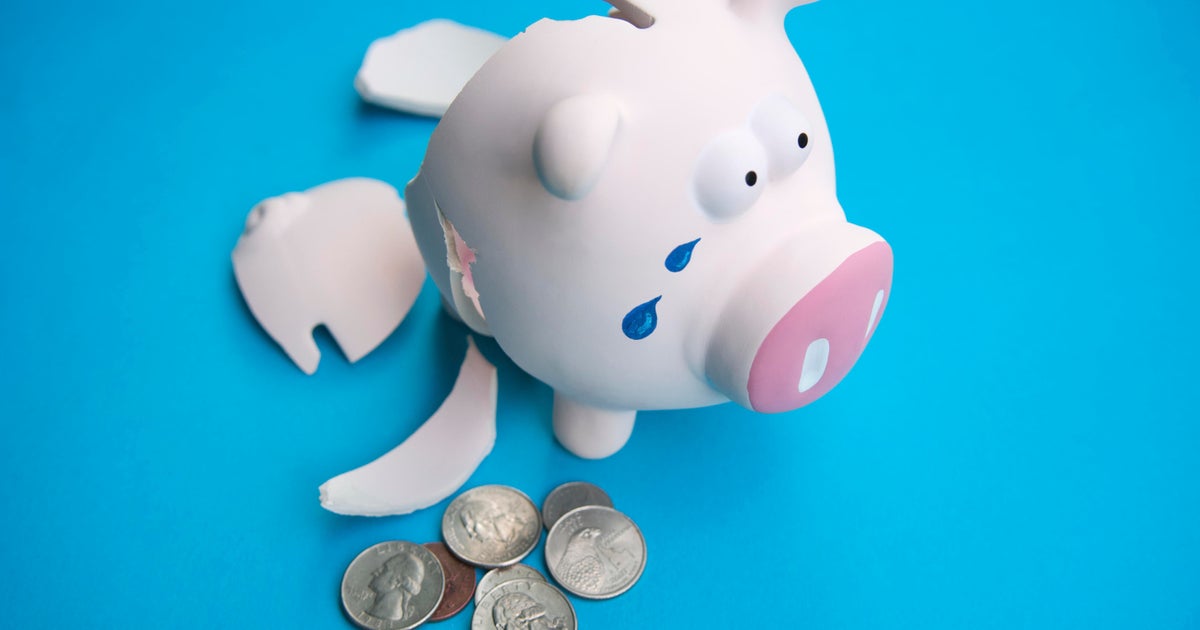Credit card rates hit 18-year high -- here's why
The Federal Reserve raised interest rates Wednesday for the second time this year, with two more increases likely in 2018. Each time the Fed's benchmark rate climbs, so does the average credit card interest rate. And that means higher monthly payments for consumers.
But even before the Fed's latest action, credit card interest rates were at 18-year highs, at a time when overall interest rates were still near record lows. What accounts for high credit card rates in an era of cheap money?
The answer can be traced back to Congress. In 2009, it passed the Card Act, which was meant to protect consumers against unreasonable fees and hikes in credit card interest rates. The law told card issuers they couldn't raise rates on existing balances unless the cardholder was at least 60 days late on a payment.
But in an unintended consequence, credit card companies increased rates on the front end as protection against their inability to raise them later, said Greg McBride, chief financial analyst for Bankrate.com.
"What Congress did was similar to telling a car insurance company that you can't raise premiums until after the car gets totalled," McBride said. "The credit card companies raised interest rates on the front end to account for the added risk."
In 2000, there was a 6 percentage point difference between credit card rates and the prime rate, or the rate at which banks lend to their best customers. Today that difference is 10.5 percentage points, according to information provided by LendingTree.com's CompareCards.com.
Average credit card rates are at 15.3 percent, the highest since 2000. After Wednesday's Fed hike, the average is expected to rise to 15.5 percent, said Brian Karimzad, vice president of research at CompareCards.com. Since most credit cards now have a variable rate interest, consumers can expect their monthly payments to increase rather quickly, he said.
Consumers carrying credit card balances will now pay an additional $2.2 billion in interest payments annually, according to CompareCard's data. If the Fed does hike rates twice more this year, that number will jump to about $10 billion.
But the Card Act explains only part of the record high credit card rates, said Robert Harrow, a credit card specialist with ValuePenguin. Payment delinquencies have been on the rise at the same time card companies are spending more on reward payments, he said.
Issuers are paying more in rewards to customers because of increased competition, Harrow said. "Somebody has to pay for those increases, and higher interest rates are offsetting some of those costs," Harrow said.
American Express (AXP), Discover (DFS) and Capital One (COF) spent a combined $12.9 billion on reward payments in 2017, a 59 percent increase from 2011. American Express spent $7.6 billion on them in 2017, up from $6.2 billion in 2011. Capital One's payments were $3.7 billion in 2017, up from $1 billion in 2011. And Discover paid $1.6 billion last year, up from $900 million in 2011.
Delinquencies, or missed payments beyond 90 days, were at 6 percent in the first quarter of 2018, up from about 5 percent in the year-ago quarter, according to a report by the New York Federal Reserve Bank.
As credit card rates and consumers' required monthly payments climb ever-higher, delinquencies will likely follow suit.



